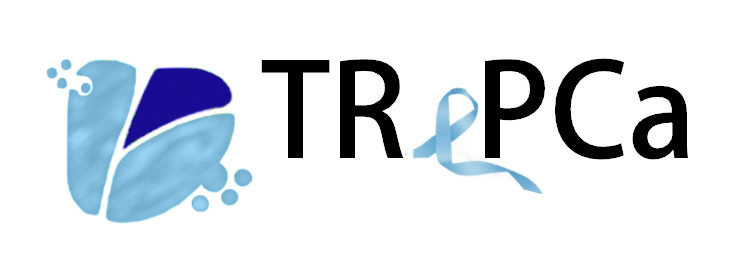H2O2-Responsive Nanocarriers Prepared by RAFT-Mediated Polymerization-Induced Self-Assembly of N -(2-(Methylthio)ethyl)acrylamide for Biomedical Applications
Résumé
H2O2-sensitive block copolymer nanoparticles (NPs) composed of a hydrophilic macro-chain transfer agent (macro-CTA) and a hydrophobic thioether-bearing block were prepared by polymerization-induced self-assembly (PISA) approach. The PISA process first involved the chain extension of poly((poly(ethylene glycol) methyl ether methacrylate)-co-(poly(ethylene glycol) methacrylate)) macro-CTA with a H2O2-responsive N-(2-(methylthio)ethyl)acrylamide (MTEAM) monomer, which self-assembled into P((PEGMA-co-PEGMAOH)-b-PMTEAM) block copolymer NPs. The polymerization kinetics indicated the evolution of particle size and morphology from spherical micelles, fused micelles, to vesicles over time. Upon incubation with 0.1 to 10 mM H2O2, spheres were fragmented due to the oxidation of the PMTEAM cores, thus transforming the hydrophobic thioethers into hydrophilic sulfoxides and disassociating the nanocarriers. 43% of the hydrophobic Nile red dye was encapsulated into the spherical micelles and demonstrated a controlled release in H2O2 incubation. Spherical micelles and vesicles displayed no cytotoxicity in MCF-7, DU145, and 22Rv1 cells. Both spheres and vesicles were efficiently internalized into MCF-7 cells, with spheres showing a higher level of uptake than vesicles due to the smaller sizes. In summary, PISA of P((PEGMA-co-PEGMAOH)-b-PMTEAM) allowed the direct formation and loading of hydrophobic dye into spherical micelles, which showed a controlled drug release in H2O2.
| Origine | Fichiers produits par l'(les) auteur(s) |
|---|
